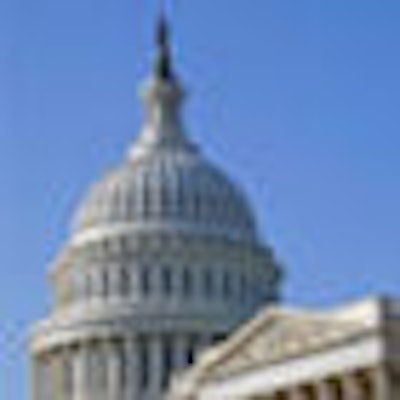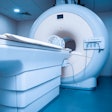
A 2% cut in Medicare fees to healthcare providers is poised to go into effect tonight if President Barack Obama and Congress fail to broker a deal that will avert $85 billion in automatic budget cuts required under the sequestration deficit reduction law passed in August 2012.
The Sequestration Transparency Act of 2012 will be implemented in response to the failure of the so-called "supercommittee" -- the Joint Select Committee on Deficit Reduction -- to develop and Congress to pass a plan to reduce the deficit by $1.2 trillion by November 23, 2011, as required by the Budget Control Act passed that same year.
The sequestration mandates a reduction in the federal deficit by $1.2 trillion between 2013 and 2021, divided equally over nine years. Fifty-five billion of this must come from "nondefense discretionary programs" which include, among others, programs that support medical and scientific research, education and job training, public safety and law enforcement, and public health.
Two percent of this $55 billion, or $11.1 billion, will come from the $554.3 billion that the U.S. Centers for Medicare and Medicaid Services (CMS) expects to spend on Medicare providers and health insurance plans, according to a report issued by the U.S. Office of Management and Budget (OMB) in August.
The law also requires budget reductions of 10% for nonexempt defense mandatory programs, 9.4% in nonexempt defense discretionary funding, and 7.6% for other nondefense mandatory programs.
How, exactly, the sequestration will affect imaging remains to be seen, according to Cynthia Moran, assistant executive director of the American College of Radiology.
"No one is talking about how the cuts to physicians will be implemented, let alone how they will affect imaging," Moran told AuntMinnie.com. "Providers are limited to a maximum 2% cut, so we anticipate it will be an across-the-board reduction by that amount for all services billed by doctors."




















